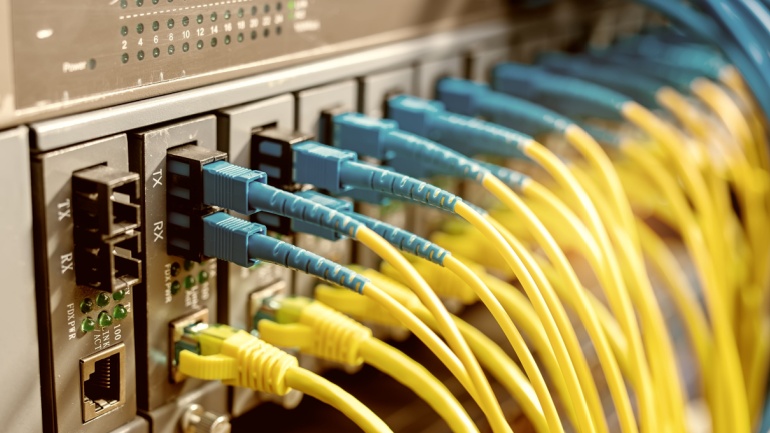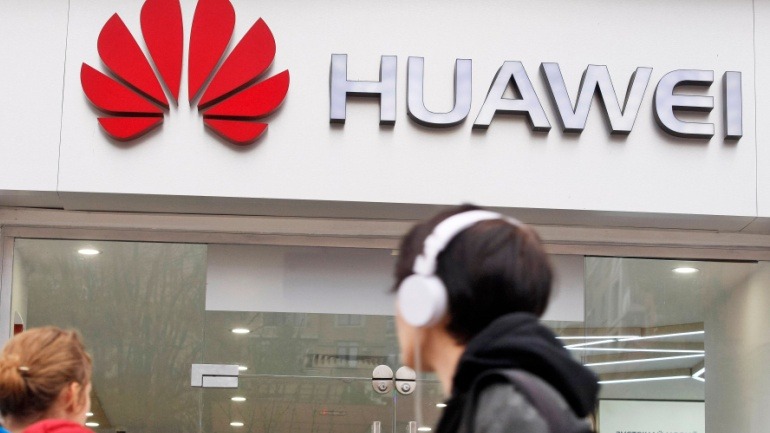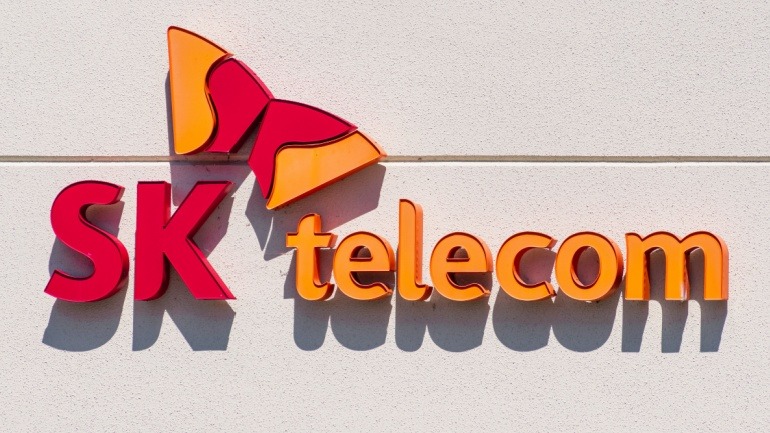SK Telecom and Nokia have come together to introduce a groundbreaking fibre sensing technology. This innovative technology aims to detect environmental changes that could impact optical cables in fixed networks.
The collaboration seeks to improve network safety and prevent damages caused by earthquakes, climate changes, and construction activities near fixed networks. Leveraging machine learning, the partnership will analyze data from commercial networks. SK Telecom plans to introduce this technology in South Korea before the end of the year. A successful launch means the system will be deployed nationwide, establishing a proactive response system to minimize line breakdowns and prevent unexpected service interruptions.
Ryu Jeong-hwan, head of infrastructure strategy technology, explained that SK Telecom anticipates this cooperation will accelerate the deployment of diverse new AI technologies and remain central to their AI strategy. John Harrington, president of Nokia Asia Pacific, expressed satisfaction in seeing their sensing technology become a part of AI networks through this agreement.
The primary objective of the partnership is to enhance the reliability of services by identifying and predicting problems before they occur. The fibre sensing technology is designed to bolster network resilience and efficiency.
This collaboration extends beyond just fibre sensing. Recently, carriers and technology companies, including SK Telecom and Nokia, formed an alliance to advance the quantum ecosystem. This alliance includes firms like Xgate, KCS, IDQ Korea, SOS Lab, and Wooriro. Their main goals are to explore joint investment opportunities in the quantum technology sector, promote global investments in quantum research, and establish a consultative body to guide the alliance’s progress.
This latest partnership between SK Telecom and Nokia in fibre sensing technology signifies a major advancement in network management and safety. By leveraging their expertise in telecommunications and sensing technology, these industry leaders are paving the way for smarter, more responsive, and more reliable network infrastructures. These infrastructures can adapt to environmental challenges and minimize service disruptions.







